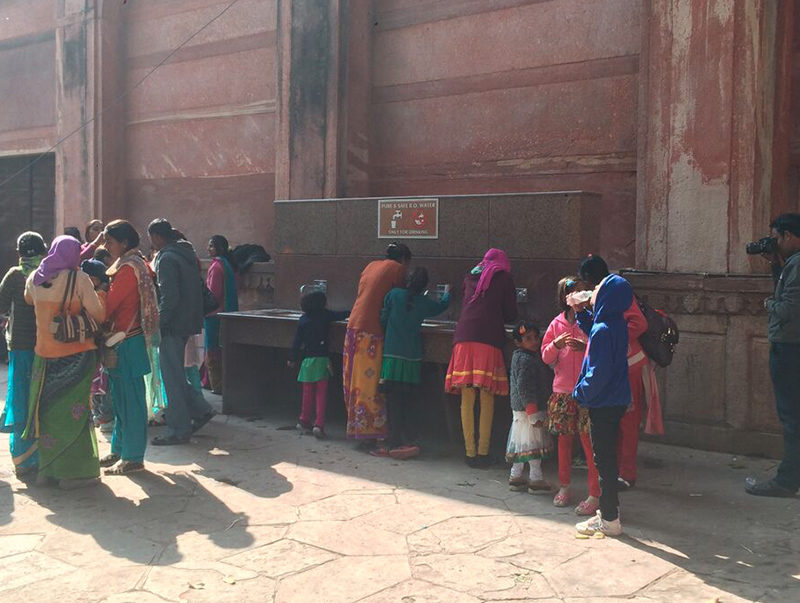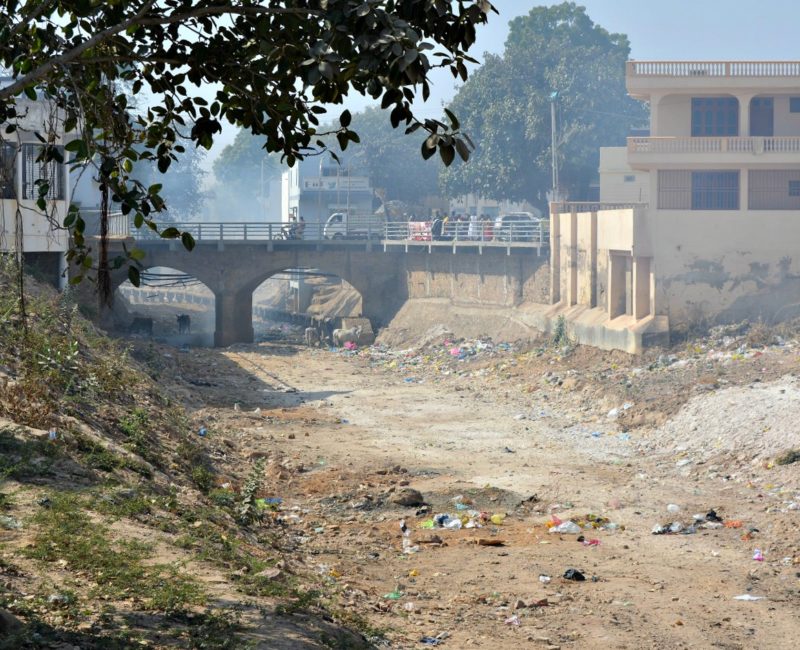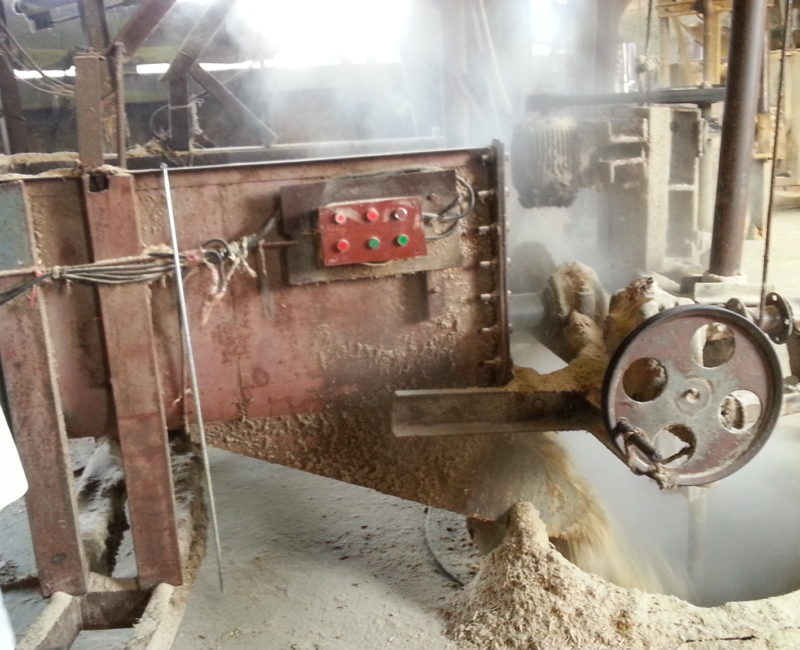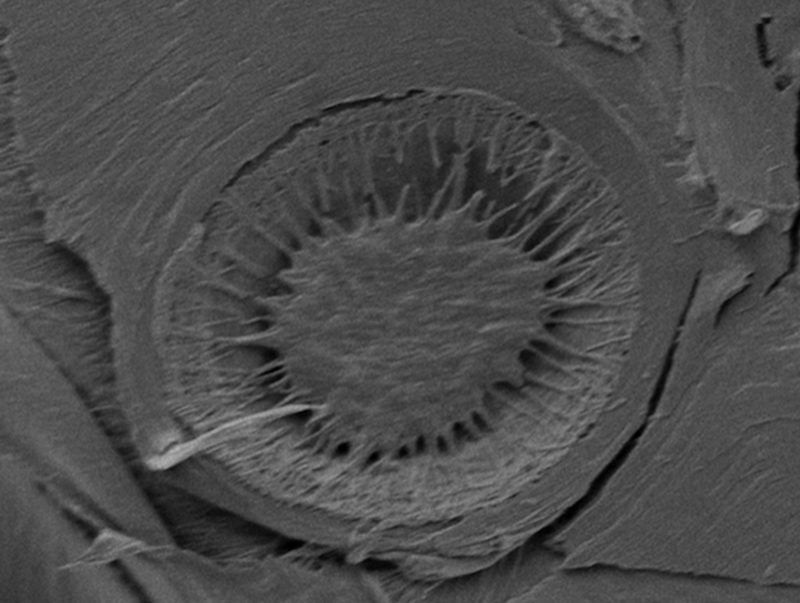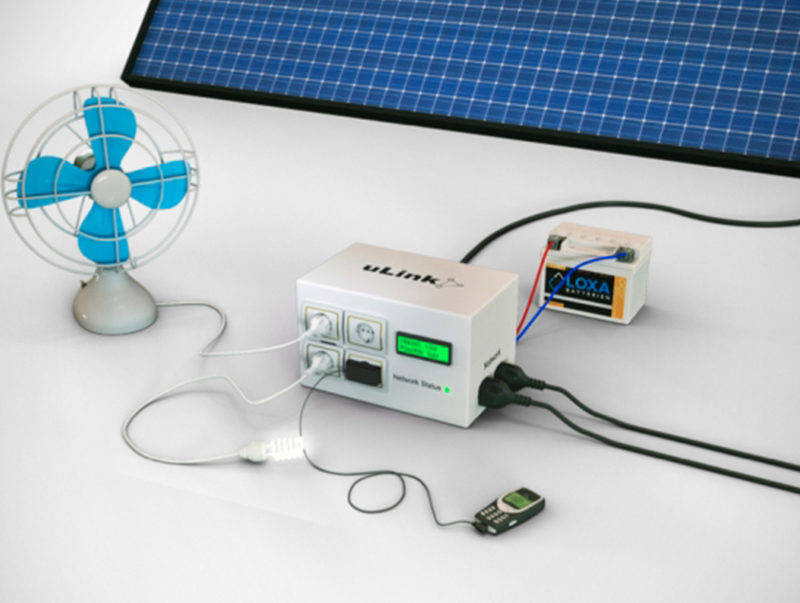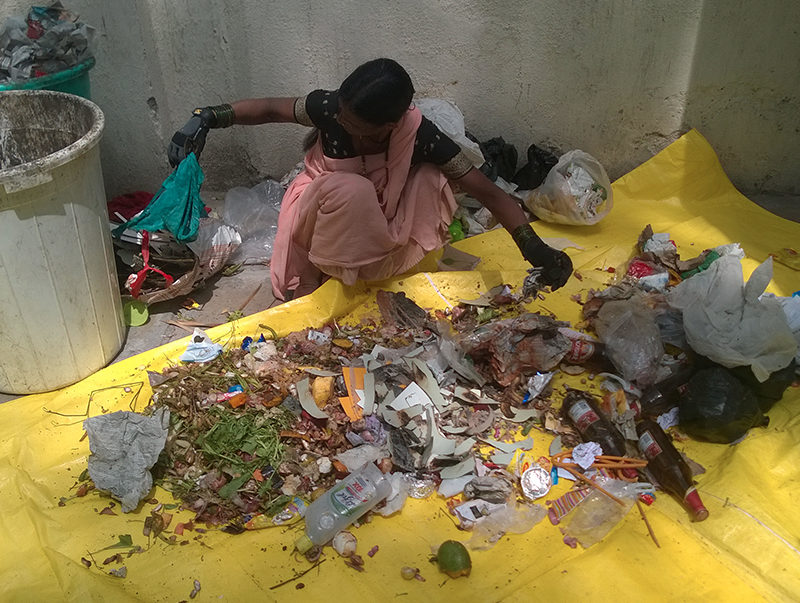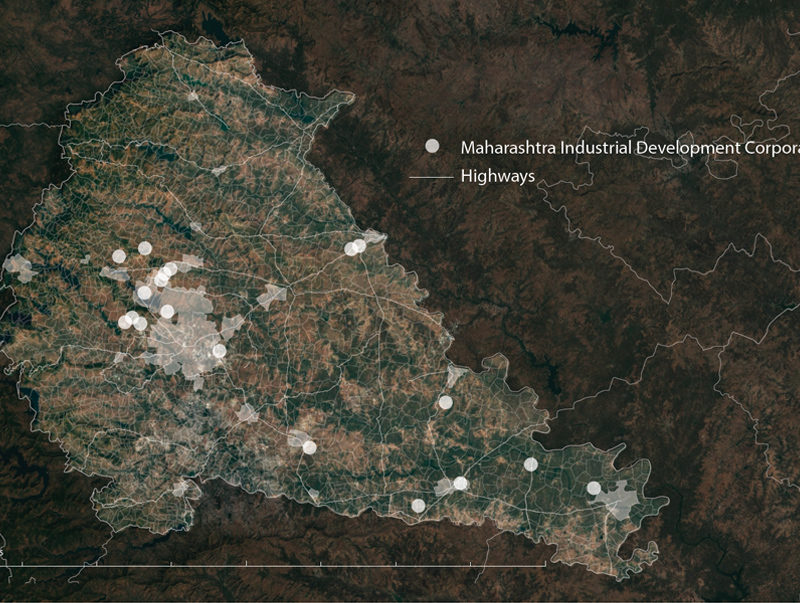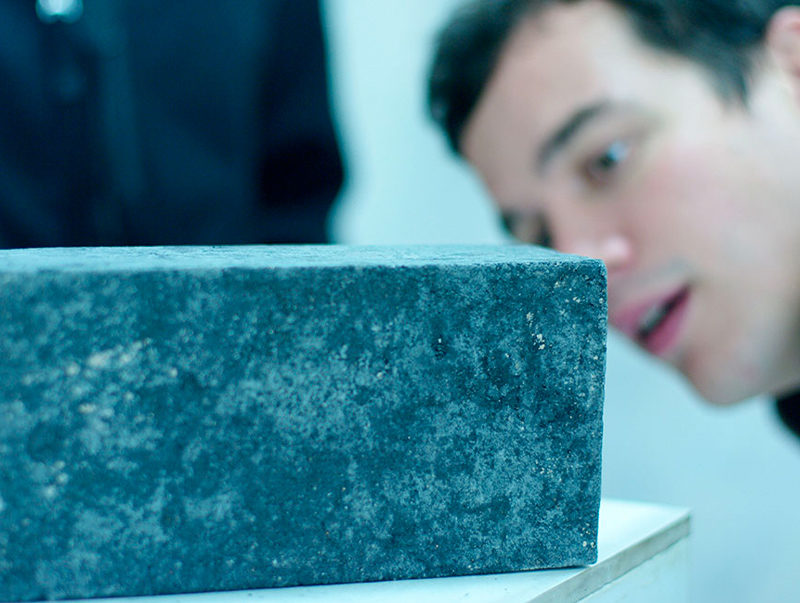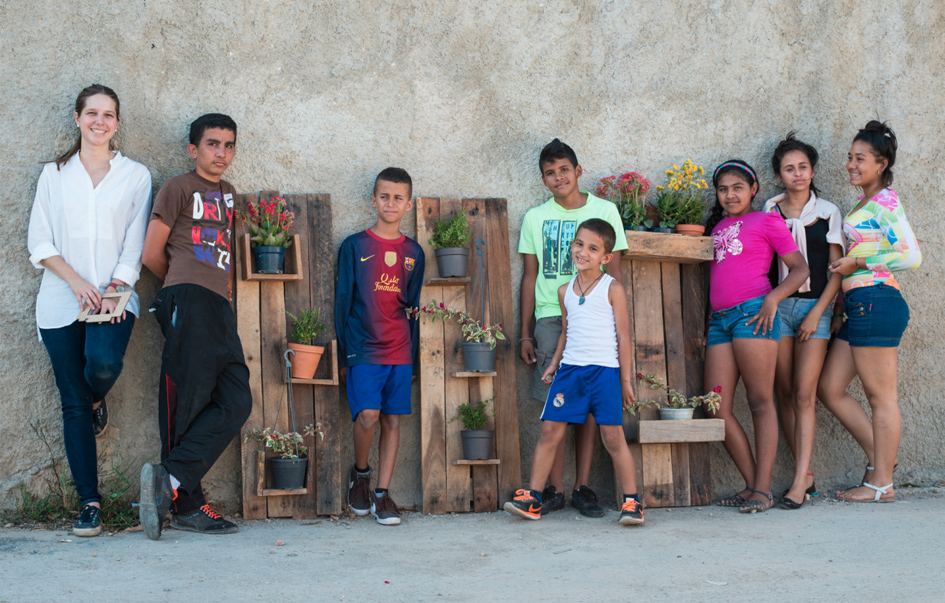
PROJECT DETAILS
- Research Name Tracing Public Space
- Focus Area Award, Environment Past
- RESEARCH TYPE Agriculture
- Faculty Miho Mazereeuw
- Fellow Ana Cristina Vargas
Rapid urban growth has challenged our traditional planning methods. It has been a driver for the increase of overcrowded informal settlements in major cities of the developing world, which shelter one third of the world population. Lack of infrastructure, open spaces, and unsafe structures challenge the livelihoods of their citizens.
Consequently, over the last fifty years, governments have addressed this issue in different ways, from eradicating informal settlements and building new housing, to retrofitting the existing conditions with infrastructure and public spaces through slum rehabilitation.
Accepting the idea of working with existing developments to improve the status quo, architects, planners, artists and activists in general have relied on participatory planning and community engagement to improve urban conditions by addressing underlying local needs through small-scale interventions.
This thesis project introduces a new methodology to study, create awareness and inspire future leaders, children, to take action to transform public spaces in high-density informal settlements. It proposes a multi scalar bottom-up analysis, with innovative tools of representation and design to address the challenges of community public spaces.
The ‘Tracing Public Space’ method has been developed through fieldwork in India, Venezuela and the USA. The method is based in observation, representation and design using a ‘toolkit’ that enables a two-way learning process between the designer as an ‘outsider’ and children as ‘insiders’. The thesis is focused on fieldwork done in the Malvani Transit Camp in Mumbai where over forty years of informal and permanent growth the existence of open shared courtyards is threatened. These small-scale open spaces are crucial for communities, and particularly for the women and children who are their main users.
Tracing Public Space becomes a vehicle to sensitize the community to protect courtyards from encroachments and promote an inclusive and adaptive use of shared space.



